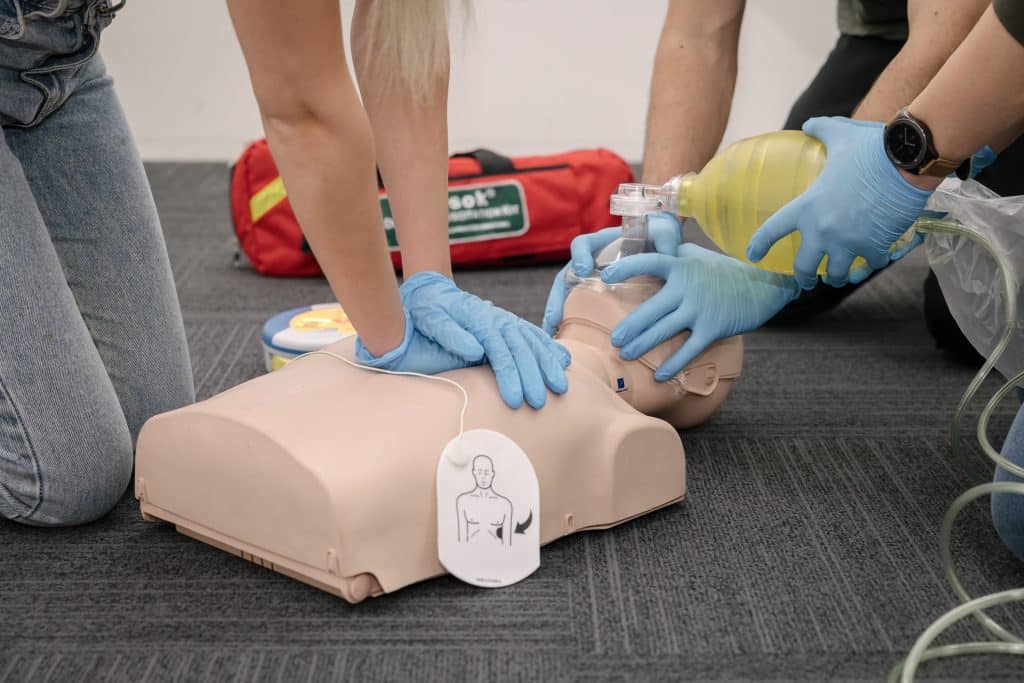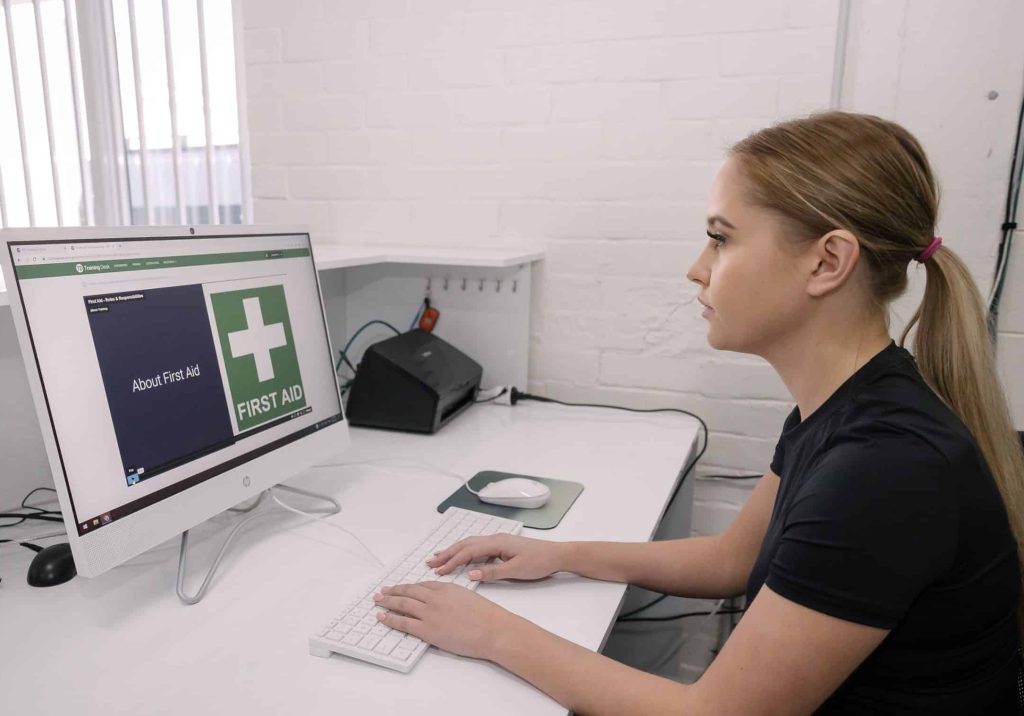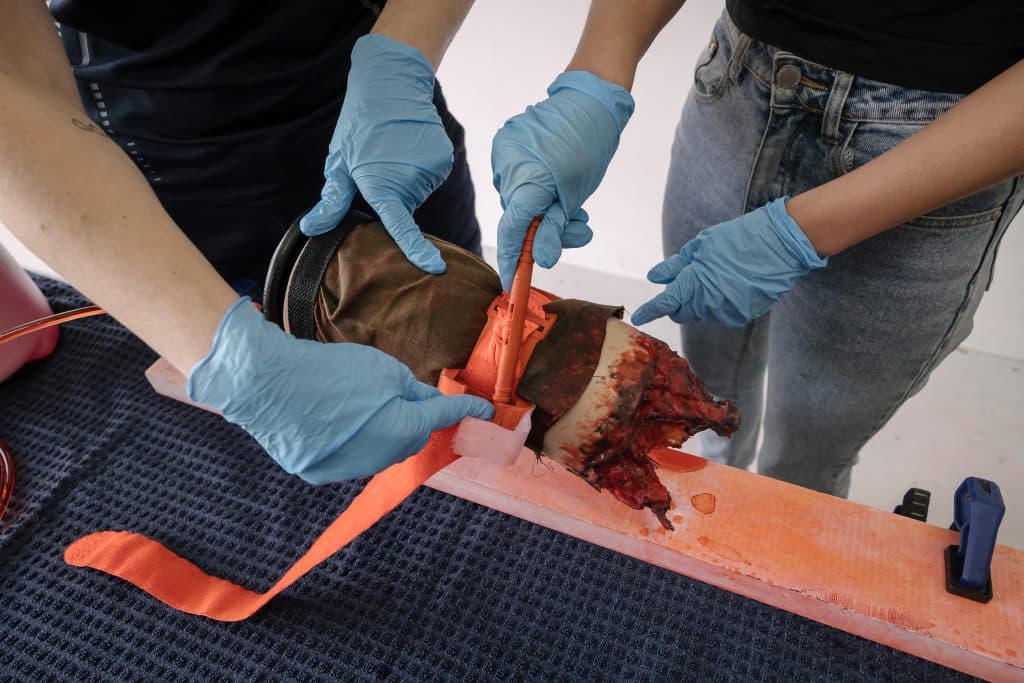Diabetes is a medical disease that afflicts approximately 415 million people globally, with numbers expecting to rise in the coming…

Performing CPR on a drowning casualty
Drowning occurs when someone is unable to breathe due to there mouth and nose being submerged in water or fluid. It can occur in a range of different situations, from the bath to a bucket of water and It’s often characterised as being silent and fast.
One of the unique aspects of providing CPR to a drowning victim is that the lungs are filled with water, leaving no oxygen in the lungs or blood stream.
Remember your DRSABCD
Remove the casualty from the water straight away and place on a hard surface.
If they are unresponsive call triple zero.
Check the airway by tilting the head back and extending the jaw. In a drowning casualty it’s likely that you will see water in the airway. If this is the case, roll the casualty onto their side and using your fingers, attempt to scope out the blockage.
Check for signs of breathing, using the concept of, “look listen and feel”. This should be for no more than 10 seconds.
The importance of Rescue Breaths
With no signs of regular breathing, commence CPR by beginning with 30 compressions followed by 2 ‘rescue breaths’. These rescue breaths are vital, as the the body has depleted all oxygen in the lungs and the blood stream.
In around 80% of cases a casualty will regurgitate or vomit while CPR is being performed. If this occurs remember to roll them on their side, so that the fluid can drain. If they commence breathing, leave them on their side. If not, roll them back and continue CPR until help arrives.
In a situation of near drownings, removing the casualty from the water results in them coughing and beginning to breathe again. However due to the risk of Cardiac arrest, caused by injury to the lungs and heart, they should be monitored very closely.
All drowning events, even minor ones, are serious and and Ambulance should be called each time.



